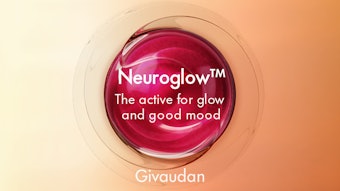Water-in-silicone emulsions have become very popular during the past few years. In order to meet the demand for more stable emulsions with various novel characteristics, new silicone emulsifiers have been developed and introduced to the marketplace. In making siliconebased, emulsion-type color cosmetic products, the pigments are often predispersed and ground in a silicone phase – cylcomethicones in particular. Using dispersions rather than straight pigments optimizes the production process and lowers process times. It also provides consistent color development and improves batch-to-batch consistency due to consistent strength and optimal dispersion of the pigments. The tactile feel of the final finished products is also improved in the meantime. Therefore, it becomes important to study the conditions for optimal pigment color development. It is well known that the size reduction of dispersions is related to several factors:
• Dispersion particle size is a function of mill and dispersion formula.
• Dispersion formula is a function of pigment, surface treatment, dispersant and solvent. The focus of this study was on the influence of silicone dispersants on color development. Dispersants are used because they help the solvent to wet the pigments and can provide steric repulsion to prevent re-agglomeration of dispersed pigments. The silicone surfactants in Table 1 are widely used in cosmetic formulations and were selected for this study. Among them, dispersant D, an acrylate silicone copolymer, was designed as a dispersant for pigments in cyclomethicone. The other three surfactants are typical emulsifiers for making W/Si emulsions. Their chemical structures are illustrated in Figure 1. Since all are used here for dispersing pigments, they will be called dispersants in this article.










